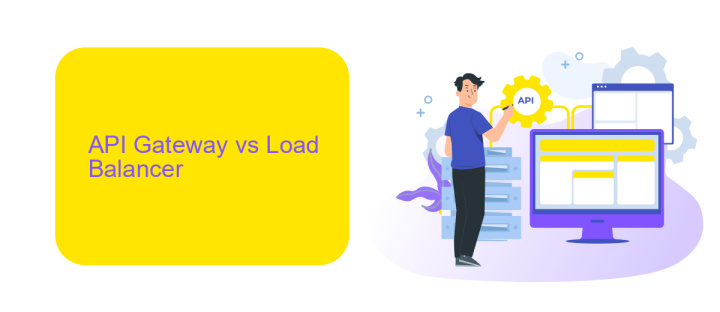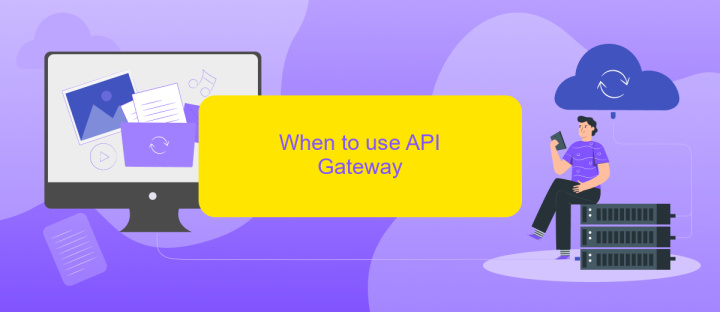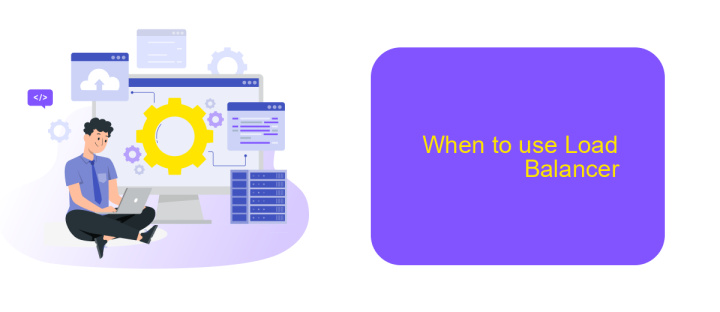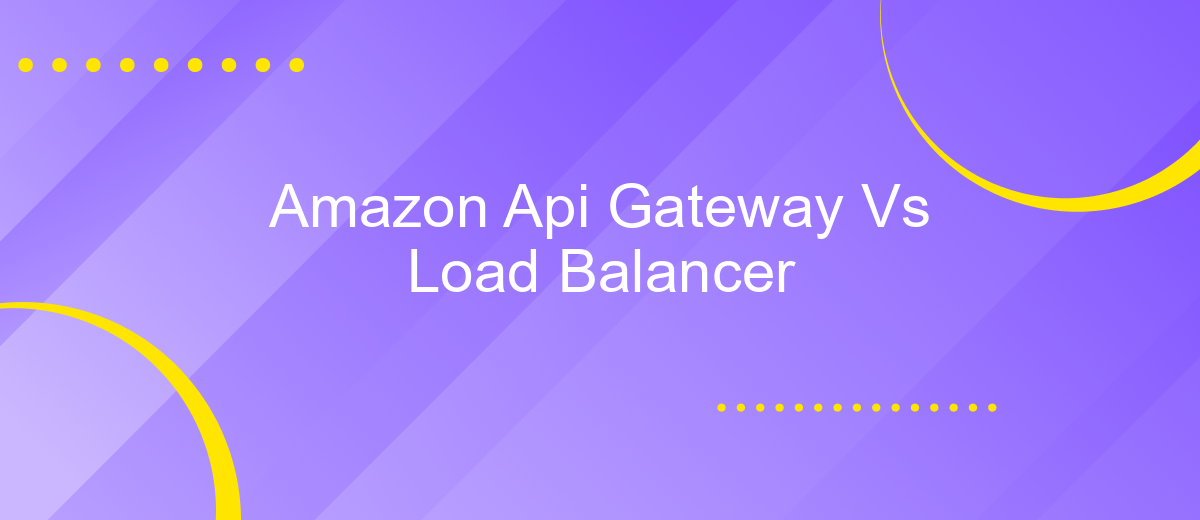Amazon Api Gateway Vs Load Balancer
In the ever-evolving landscape of cloud computing, businesses strive to optimize performance and scalability. Two pivotal services in this realm are Amazon API Gateway and Load Balancer. While both play crucial roles in managing traffic and ensuring availability, they serve distinct purposes. This article delves into their differences, helping you choose the right tool for your specific needs.
Introduction
In the realm of cloud computing, Amazon Web Services (AWS) offers a plethora of tools to manage and scale applications. Two of the most prominent services are Amazon API Gateway and Elastic Load Balancer (ELB). Both services aim to streamline the process of handling incoming traffic, but they serve different purposes and are optimized for different use cases.
- Amazon API Gateway: Ideal for managing RESTful APIs and WebSocket APIs, enabling developers to create, publish, and secure APIs at any scale.
- Elastic Load Balancer: Designed to distribute incoming application traffic across multiple targets, such as EC2 instances, containers, and IP addresses, ensuring high availability and fault tolerance.
Choosing between API Gateway and ELB depends on your application's specific needs. If you're primarily focused on API management and integration, API Gateway is the way to go. For load distribution and ensuring application reliability, ELB is more suitable. Additionally, tools like ApiX-Drive can further simplify the integration process, offering seamless connectivity between various services and APIs.
API Gateway vs Load Balancer

API Gateway and Load Balancer serve different purposes in a cloud architecture. An API Gateway primarily acts as a single entry point for managing and routing API calls to various backend services. It provides functionalities like request routing, composition, protocol translation, and security enforcement. API Gateways are ideal for microservices architectures where you need to manage multiple APIs and ensure seamless communication between services.
On the other hand, a Load Balancer distributes incoming network traffic across multiple servers to ensure high availability and reliability. It helps in scaling applications horizontally by balancing the load, thus preventing any single server from becoming a bottleneck. While both tools can be used together, they address different needs. For instance, using a service like ApiX-Drive can simplify the integration and automation of data between various applications, complementing the functionalities of both API Gateways and Load Balancers by ensuring smooth data flow and operational efficiency.
When to use API Gateway

API Gateway is an essential component for managing and routing API requests in modern cloud architectures. It acts as a single entry point for all client interactions, providing a centralized way to handle traffic, authentication, and monitoring. API Gateway is particularly useful when you need to expose multiple microservices under a unified API, ensuring seamless communication and integration.
- You need to manage and throttle API traffic efficiently.
- You want to implement security features such as authentication and authorization.
- You require detailed monitoring and logging of API requests.
- You need to transform and validate API requests and responses.
- You aim to integrate various backend services seamlessly, potentially using tools like ApiX-Drive.
Using an API Gateway simplifies the complexity of client-to-service communication and ensures a more secure and scalable API infrastructure. It is particularly beneficial for organizations looking to streamline their API management and enhance their microservices architecture. By leveraging services like ApiX-Drive, you can also automate and simplify the integration process, making it easier to connect different APIs and services efficiently.
When to use Load Balancer

Load Balancers are essential when you need to distribute incoming traffic across multiple servers to ensure high availability and reliability of your applications. They are particularly useful for applications that experience a high volume of traffic and require consistent performance.
One of the primary reasons to use a Load Balancer is to prevent any single server from becoming a bottleneck, which can lead to slow response times and potential downtime. By balancing the load, you can optimize resource utilization and improve the overall user experience.
- High traffic websites and applications
- Ensuring high availability and fault tolerance
- Optimizing resource utilization
- Reducing server load and preventing bottlenecks
In scenarios where you need to integrate multiple services and manage complex workflows, tools like ApiX-Drive can complement Load Balancers by automating data transfers and integrations. This ensures that your system remains efficient and scalable, even as the number of integrated services grows. By combining Load Balancers with integration services, you can achieve a robust and resilient infrastructure.
Conclusion
In conclusion, both Amazon API Gateway and Load Balancer offer unique advantages depending on the specific needs of your application. API Gateway excels in managing and securing APIs, providing features like rate limiting, caching, and seamless integration with other AWS services. It is ideal for microservices architectures and applications requiring fine-grained control over API requests.
On the other hand, Load Balancer is designed to distribute incoming traffic across multiple targets, ensuring high availability and fault tolerance. It is well-suited for applications that demand consistent performance and scalability. For businesses looking to streamline their integration processes, services like ApiX-Drive can be invaluable. ApiX-Drive simplifies the integration of various applications and services, enhancing workflow automation and efficiency. Ultimately, the choice between API Gateway and Load Balancer depends on your specific requirements, but leveraging the right tools can significantly optimize your system's performance and reliability.
FAQ
What is the primary difference between Amazon API Gateway and a Load Balancer?
When should I use Amazon API Gateway instead of a Load Balancer?
Can I use both Amazon API Gateway and a Load Balancer together?
How does Amazon API Gateway handle security compared to a Load Balancer?
Are there tools available for automating and integrating Amazon API Gateway and Load Balancers?
Time is the most valuable resource in today's business realities. By eliminating the routine from work processes, you will get more opportunities to implement the most daring plans and ideas. Choose – you can continue to waste time, money and nerves on inefficient solutions, or you can use ApiX-Drive, automating work processes and achieving results with minimal investment of money, effort and human resources.

